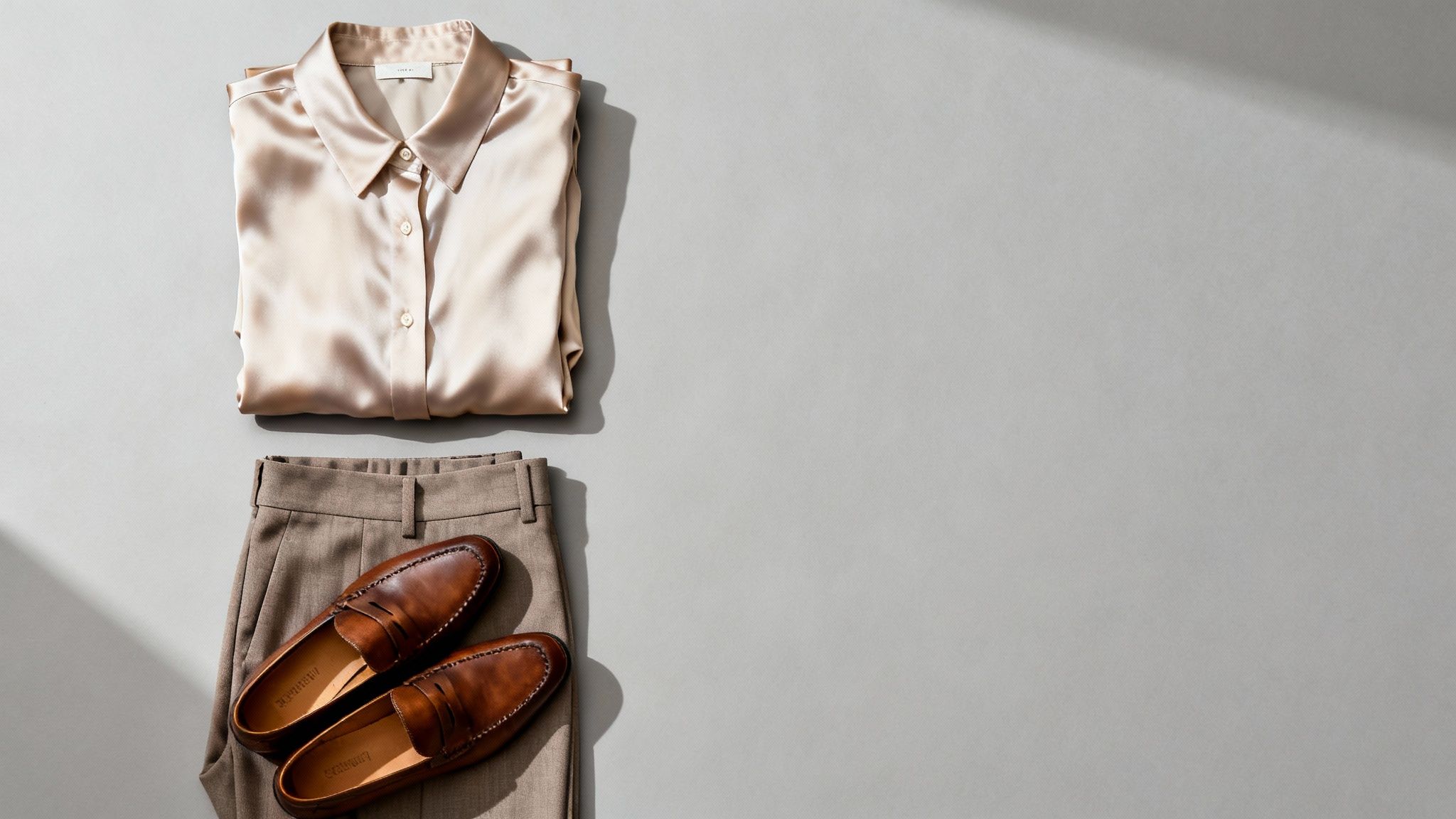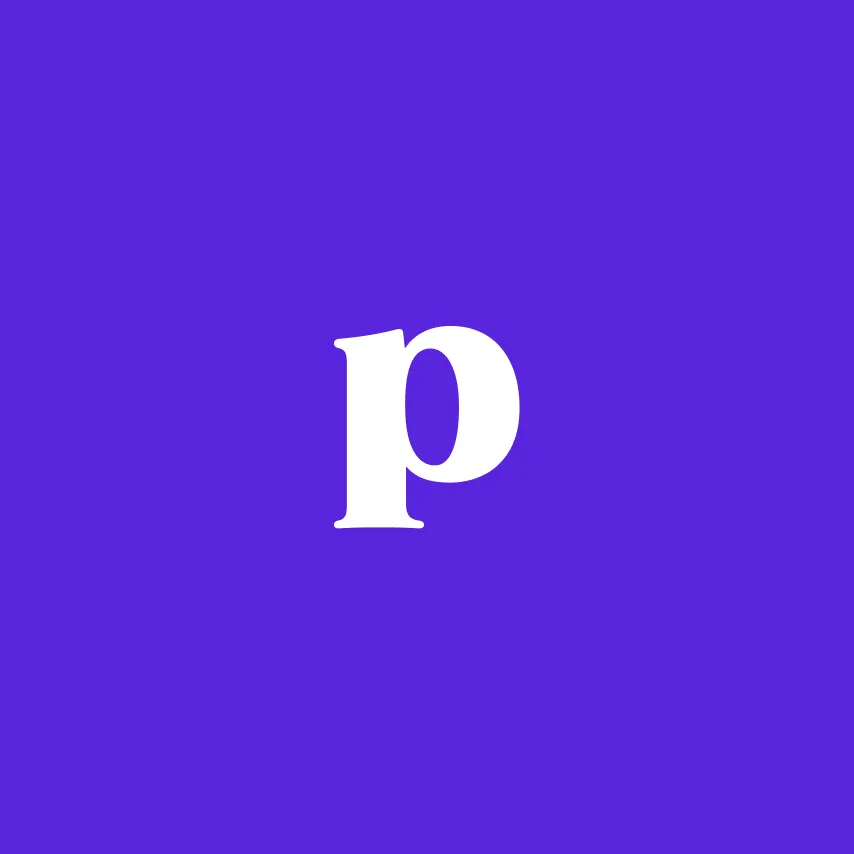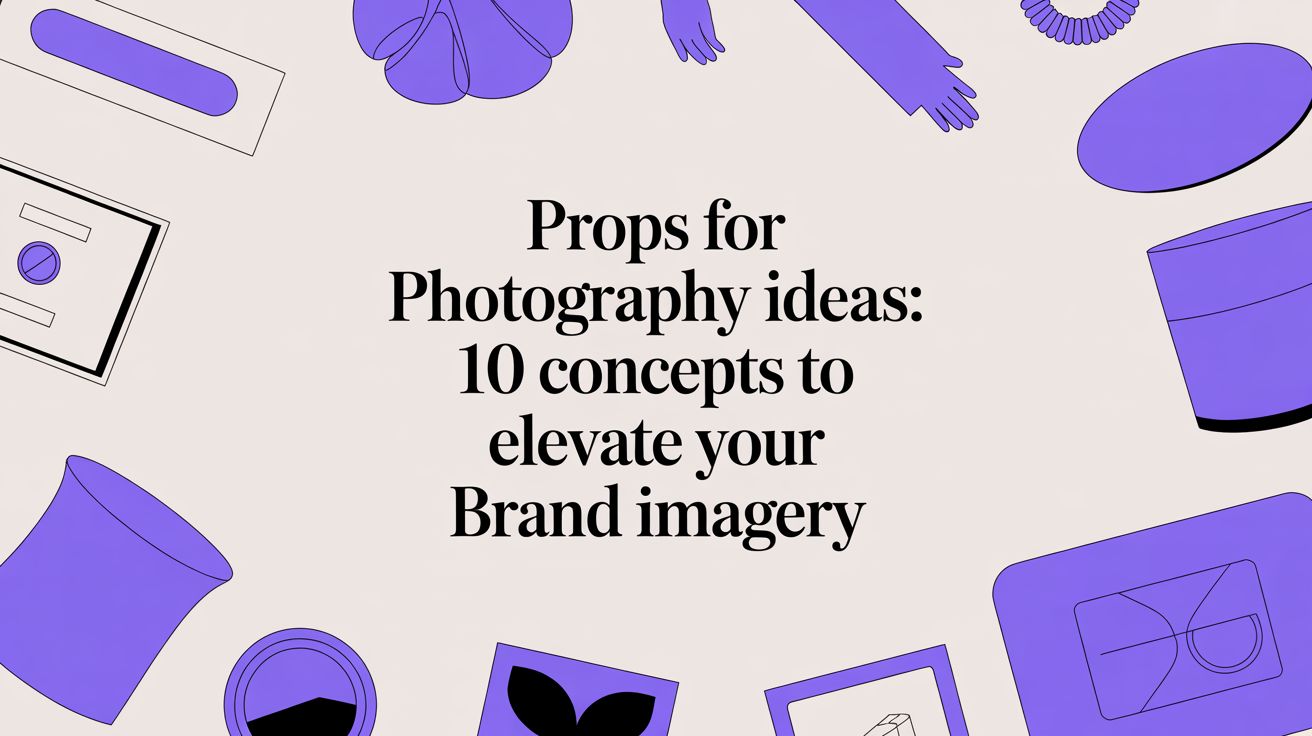What Is Flat Lay Photography: A Guide for Brands
What is flat lay photography? Learn how top brands use this visual style to create compelling product stories that drive sales and how AI is making it easier.
How to start saving money
Lorem ipsum dolor sit amet, consectetur adipiscing elit lobortis arcu enim urna adipiscing praesent velit viverra sit semper lorem eu cursus vel hendrerit elementum morbi curabitur etiam nibh justo, lorem aliquet donec sed sit mi dignissim at ante massa mattis.
- Neque sodales ut etiam sit amet nisl purus non tellus orci ac auctor
- Adipiscing elit ut aliquam purus sit amet viverra suspendisse potent i
- Mauris commodo quis imperdiet massa tincidunt nunc pulvinar
- Adipiscing elit ut aliquam purus sit amet viverra suspendisse potenti
Why it is important to start saving
Vitae congue eu consequat ac felis placerat vestibulum lectus mauris ultrices cursus sit amet dictum sit amet justo donec enim diam porttitor lacus luctus accumsan tortor posuere praesent tristique magna sit amet purus gravida quis blandit turpis.

How much money should I save?
At risus viverra adipiscing at in tellus integer feugiat nisl pretium fusce id velit ut tortor sagittis orci a scelerisque purus semper eget at lectus urna duis convallis. porta nibh venenatis cras sed felis eget neque laoreet suspendisse interdum consectetur libero id faucibus nisl donec pretium vulputate sapien nec sagittis aliquam nunc lobortis mattis aliquam faucibus purus in.
- Neque sodales ut etiam sit amet nisl purus non tellus orci ac auctor dolor sit amet
- Adipiscing elit ut aliquam purus sit amet viverra suspendisse potenti
- Mauris commodo quis imperdiet massa tincidunt nunc pulvinar
- Adipiscing elit ut aliquam purus sit amet viverra suspendisse potenti
What percentage of my income should go to savings?
Nisi quis eleifend quam adipiscing vitae aliquet bibendum enim facilisis gravida neque. Velit euismod in pellentesque massa placerat volutpat lacus laoreet non curabitur gravida odio aenean sed adipiscing diam donec adipiscing tristique risus. amet est placerat imperdiet sed euismod nisi.
“Nisi quis eleifend quam adipiscing vitae aliquet bibendum enim facilisis gravida neque velit euismod in pellentesque massa placerat”
Do you have any comments? Share them with us on social media
Urna ut fermentum imperdiet lacus, elementum etiam maecenas libero nunc, suspendisse massa, nisl, elit curabitur feugiat in quis ut nibh enim in tristique aliquam sed vitae dui, dis adipiscing pharetra aliquam turpis turpis nibh rhoncus enim, pellentesque leo laoreet neque in sed bibendum fermentum suspendisse tempus non purus adipiscing suscipit fringilla adipiscing convallis dolor nulla fermentum facilisis ullamcorper ut vehicula tortor libero metus donec velit, tristique fermentum, dictum euismod diam scelerisque enim non pharetra tristique lectus habitant pharetra est id
When a brand like Everlane arranges a silk blouse, tailored trousers, and leather loafers on a clean backdrop, they’re doing more than just showing products. They're using flat lay photography — the art of telling a story from a bird's-eye view — to communicate a minimalist aesthetic and solve a styling problem for their customers.
This visual strategy, which involves arranging items on a flat surface and capturing them from directly above, has become a cornerstone of fashion eCommerce. It allows brands to showcase their products with clarity, context, and a serious dose of style, turning simple items into an aspirational look.
How Flat Lays Cut Through the Noise in Fashion eCommerce

A great flat lay is a visual guide. It zeroes in on product details and quality, showing shoppers exactly how individual pieces come together to create a complete outfit.
It’s an approach that makes shopping easier and instantly elevates the product by silently answering the question every shopper has: “How would I wear this?”
Why Aspirational Storytelling Boosts Sales
A well-crafted flat lay doesn't just sell a sweater; it sells the feeling of a crisp autumn day or a lazy weekend brunch. By carefully selecting props, brands create a powerful context that connects with their ideal customer.
In a survey of 200 beauty brands, 43% reported an increase in their use of flat lay visuals. This signals a major return to static imagery, prized for its clarity and aesthetic impact. You can discover more insights about this flat lay trend.
Key Elements of a High-Converting Flat Lay
This table outlines the core components that define the flat lay style and its purpose in visual storytelling for eCommerce.
Each of these elements works together to create an image that is not only beautiful but also incredibly effective at driving sales.
How AI Streamlines Flat Lay Creation and Slashes Costs
Traditionally, high-quality flat lays required stylists, photographers, and studio time — a time-consuming and expensive process. Today, smart brands use AI to generate high-impact visuals at scale.
Platforms like Picjam empower brands to create entire collections of photorealistic flat lays in minutes, transforming production timelines and budgets.
This shift delivers a new level of creative agility, allowing brands like Zara to test different styles and compositions without the overhead of a physical photoshoot, potentially cutting content costs by 40% or more.
From Workshop Tidiness to Your Instagram Feed
To understand why flat lays dominate social media, we trace them back to a furniture workshop. The flat lay's ancestor is knolling — arranging related objects in parallel lines or at 90-degree angles.
This methodical, grid-like approach feels native to platforms like Instagram and Pinterest. It began in 1987 when Andrew Kromelow, a janitor, started arranging tools at perfect right angles.
The concept was amplified in 2009 by sculptor Tom Sachs, but the core idea of bringing order to chaos has always been the same. You can dig deeper into the creative history of this trend if you're curious.
Why Ordered Layouts Thrive on Social Media
There's a psychological reason this style works on social media. Our brains are wired to find comfort in order and patterns. A well-composed flat lay provides a moment of calm and clarity in a chaotic feed.
This inherent appeal makes flat lays incredibly effective for engagement. Each organized photo is micro-storytelling, communicating a brand’s vibe without needing a single word.
How to Style and Compose Your Perfect Shot
A great flat lay isn’t a random assortment of items; it’s a meticulously crafted scene built on principles like balance, color harmony, and negative space.
Imagine styling a ‘weekend getaway’ collection for a brand like J.Crew. You aren't just dropping products onto a background — you're telling a story by arranging a linen shirt, denim shorts, and sunglasses to feel both genuine and aspirational.
Create Visual Flow and Balance
Balance is everything. Instead of laying a shirt perfectly flat, create a gentle ‘S’ curve with the fabric. This subtle tweak suggests movement and makes the garment feel more lifelike.
Next, apply the rule of thirds. Imagine a 3x3 grid over your frame and place key items along those lines. This simple guideline guides the viewer's eye, making the image more engaging.
Add Depth with Textures and Props
A flat lay, ironically, shouldn't feel flat. Layering different textures adds visual depth. Think of rough denim next to soft linen, paired with the glossy surface of sunglasses. This contrast creates a rich, tactile feeling.
Props are your supporting cast. For the J.Crew example, a half-finished crossword puzzle or a woven beach tote would reinforce the ‘getaway’ theme. Need more ideas? Our guide on props for photography ideas ensures every item adds value.
This infographic shows how the tidy principles of knolling evolved from the workshop to become a dominant visual style on Instagram.
A methodical, grid-like arrangement is incredibly pleasing to the eye, which is why it performs so well on visual-first platforms.
Tell a Cohesive Color Story
Your color palette sets the mood. For a summer collection, lean into bright, warm tones. For autumn, switch to earthy, muted colors.
Aim for a palette of 2–3 complementary colors to keep the look clean and uncluttered. Too many competing colors will make the shot feel chaotic. For more techniques, see these tips for photographing clothes like a pro.
Mastering Your Lighting and Photography Gear

Lighting can elevate a flat lay from ordinary to memorable. Nailing your illumination is non-negotiable for crisp, true-to-life shots.
Think of light as your storytelling partner. A gentle window glow brings out textures, while a softbox delivers consistent results, perfect for shooting large SKU volumes.
Brands like H&M often lean on north-facing windows for natural light, while Mango uses Elinchrom softboxes for consistent color temperature. Both paths have merits.
- Natural light costs $0 but shifts with weather and time.
- Artificial light offers control but starts at $200+ for a basic softbox kit.
- Foam boards and diffusers soften shadows without breaking the bank.
For overhead angles, a smartphone on a boom arm can work. However, a sturdy C-stand with a DSLR will save you alignment headaches. Ready to pick the perfect camera? Check out our guide on choosing the best camera for product photography.
Comparing Natural and Studio Light
When comparing daylight against studio setups, consistency and cost are the primary trade-offs.
AI platforms such as Picjam remove lighting constraints entirely, generating photorealistic flat lays on demand with no studio gear required.
Essential Gear For Every Budget
Whether you’re bootstrapping or scaling, here’s how to kit out your setup:
- Basic Kit: White foam board reflector, window diffusers.
- Mid-Range Kit: Softbox kit, tripod or C-stand for stability.
- Pro Kit: Remote shutter release, high-output LED panels, collapsible reflectors.
“Clean, consistent lighting cuts post-production time by up to 30%,” says product photographer Lea Zhang.
Pair the right gear with AI tools like Picjam, and you can skip studio bookings entirely. Generate flat lays instantly and let your team focus on creative styling instead of wrangling cables.
How AI Slashes Flat Lay Production Costs by up to 70%
AI-powered platforms are transforming the creation process for fashion brands. Instead of planning expensive photoshoots, brands can now generate entire collections of photorealistic flat lays in minutes.
A brand launching 50 new SKUs can sidestep studio rentals, photographer fees, and styling time. This strategic shift saves thousands of dollars and shaves weeks off the go-to-market timeline, delivering powerful operational agility.
With a tool like Picjam, a brand can upload a single photo of a garment and instantly generate dozens of on-brand flat lays. This enables rapid A/B testing of different backgrounds, props, and layouts without the cost of a reshoot.
From Manual Labor to Automated Creation
The traditional workflow for what is flat lay photography is resource-heavy, requiring physical inventory, a studio, a photographer, a stylist, and hours of post-production. You might even look into tools like AuralumeAI's homepage to help.
AI generators erase these dependencies. They create a digital-first workflow where brands can scale visual content without scaling their operations or budget — a massive advantage for DTC brands.
A Clear Comparison of Workflows
The difference between the old way and the new becomes clear when you put them side-by-side. The savings in time and cost are dramatic, freeing up resources for marketing and product development.
This isn't an incremental improvement; it rewires the economics of content creation. For a deeper dive, explore our guide to AI product photography.
A McKinsey report highlighted that generative AI could add between $2.6 trillion and $4.4 trillion to the global economy annually. The retail and consumer goods sectors are expected to see a huge impact.
By bringing AI into their flat lay creation, fashion brands are not just trimming budgets. They are building a more agile, data-driven content engine.
Takeaway
Mastering flat lay photography comes down to 3 key actions. Focus on story, light, and AI to elevate your visuals, streamline your workflow, and reduce costs.
- Lead with a clear story. Define a theme for each shot, like Everlane’s “minimalist desk essentials.” This guides your prop choices and color palette, answering styling questions before you shoot and boosting engagement.
- Prioritize soft, diffused lighting. Harsh shadows kill detail. Use a north-facing window like H&M or an affordable softbox to achieve clean, consistent light that flatters products and reduces post-production time.
- Leverage AI to scale efficiently. One mid-size brand cut its flat-lay costs by 40% with Picjam. Use AI to generate hundreds of variations in minutes, A/B test creative assets, and free up your budget for marketing.
Ready to see how much you could save? Compare your current photography spend with Picjam's AI solution.
Compare Photography Costs with Picjam’s Savings Calculator
Frequently Asked Questions
Here are quick, practical answers to common questions about getting started with flat lay photography.
What Is the Best Background for Flat Lay Photography
The best background makes your products the star. For most brands, neutral surfaces are a great start. Think white foam boards, light-colored wood textures, or marble-patterned vinyl — they make colors pop and create a clean, high-end feel.
For fashion, consider adding texture with a linen cloth or a chunky sweater to add a subtle lifestyle element that connects with shoppers.
How Do You Avoid Shadows in Flat Lay Photos
The trick is to use soft, diffused light. You want to bathe your setup in gentle, even light, not a direct, harsh beam.
- Natural Light: Find a spot near a large window, but stay out of direct sun. A sheer curtain can work as a makeshift diffuser.
- Artificial Light: Position a softbox at a 45-degree angle to your setup and use a diffuser to soften it.
- Reflectors: Place a white foam board on the side opposite your light source. It will bounce light back into the shadows, softening them beautifully.
Can I Do Flat Lay Photography With a Phone
Absolutely. Modern smartphone cameras are powerful enough to capture stunning flat lay images. Success comes down to good lighting, solid composition, and keeping the camera steady.
Use your phone’s grid lines to help compose your shot. To get that perfect bird's-eye view, a tripod with an overhead arm is a game-changer, guaranteeing your shots are sharp and perfectly aligned.
Ready to create stunning flat lays without the studio hassle? Use the Picjam savings calculator to see just how much you could save on content production.
Picjam team
Pellentesque leo laoreet neque in sed bibendum fermentum suspendisse tempus non purus adipiscing suscipit fringilla adipiscing convallis dolor nulla fermentum facilisis ullamcorper ut vehicula tortor lib.



